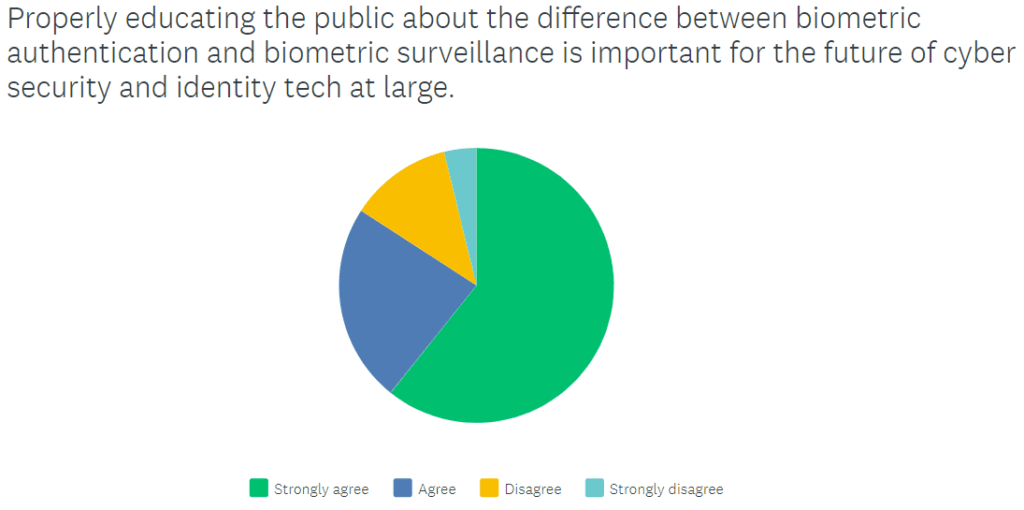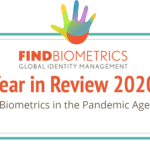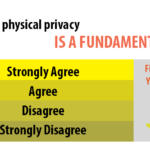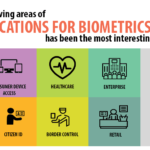Facial recognition technology has been rising in prominence over the last several years, thanks to a number of factors. On the one hand, it has become an extremely popular authentication mechanism on consumer mobile devices, a trend catalyzed by Apple’s launch of its Face ID selfie authentication system in 2017. On the other hand, various controversies over the use of facial recognition technology by police agencies have put this kind of tech into the spotlight in mainstream news media. And then there’s the underlying factor of technological advancement, with the state of the art having evolved to a point at which such applications of facial recognition have become practicable.
This has put facial recognition vendors in a delicate position. The technology is in high demand; it’s popular among consumers; and yet it’s also controversial. And one of the most obvious ways to navigate this predicament is to establish clear messaging for the public to ensure that facial recognition and its various applications are properly understood.
Hence Question 17 of the latest FindBiometrics Year in Review survey, which asked industry professionals whether they agreed with the statement, “Properly educating the public about the difference between biometric authentication and biometric surveillance is important for the future of cybersecurity and identity tech at large.”
Unsurprisingly, most agreed. A sizeable majority of 84.2 percent affirmed that this educational approach is important, and what’s more, most of them – 60.8 percent of all respondents – indicated that they strongly agree.

Recognizing the threat that public confusion about facial recognition poses to the technology, industry leaders have already started getting vocal about the distinction between authentication and surveillance. FaceTec CEO Kevin Alan Tussy, for example, was emphatic on this point in a recent interview on the ID Talk podcast.
That makes sense, given that his firm specializes in consumer-facing authentication; but it’s also interesting to note that Andrew Shikiar, the the Executive Director of the FIDO Alliance, also made the point in a TechTalks article last summer. The FIDO Alliance doesn’t favor any one modality in particular – or even biometrics, for that matter – but rather is focused on promoting strong online authentication more broadly. Shikiar’s educational efforts on the authentication/surveillance distinction point to the great value of facial recognition technology in helping to ensure online security and to protect consumer data while fighting fraud.
Meanwhile, even a mainstream tech company like Microsoft has started to point to this distinction. That company, which has enthusiastically embraced facial recognition for user authentication on its Windows 10 operating system, went out of its way to announce in 2019 that it would not sell facial recognition technology to any government organization “for the purposes of mass surveillance”.
This all reflects the sentiment in favor of keeping face-based authentication free of any tarnish from associations with surveillance. But the latter remains a very popular application, and there are those who believe that face-based surveillance can be a useful tool when done with the proper considerations for privacy and civil rights. Presumably, some of these advocates are the same individuals who said they disagree (12 percent) or even strongly disagree (3.8 percent) with Question 17 of the Year in Review survey. They just aren’t worried about differentiating between two useful applications when talking about facial recognition technology.
Nevertheless, the near-consensus on the importance of educating the public about this distinction reflects a broader enthusiasm for public education that has been consistent in the biometrics industry, with fully 98 percent of respondents in the 2019 Year in Review survey having agreed that “Properly educating the public about biometrics is important for the future of cybersecurity and identity tech at large.” Biometric technology is still in the process of going mainstream and facial recognition is newly prominent outside of the industry. Naturally, that’s prompted some confusion, and the need for educational outreach from those who understand the technology best.
*
The 2020 FindBiometrics Year in Review is made possible by our sponsors: Aware, BioConnect, FacePhi, Innovatrics, Jumio, NEC Corporation of America, and Onfido.
–
February 18, 2021 – by Alex Perala







Follow Us